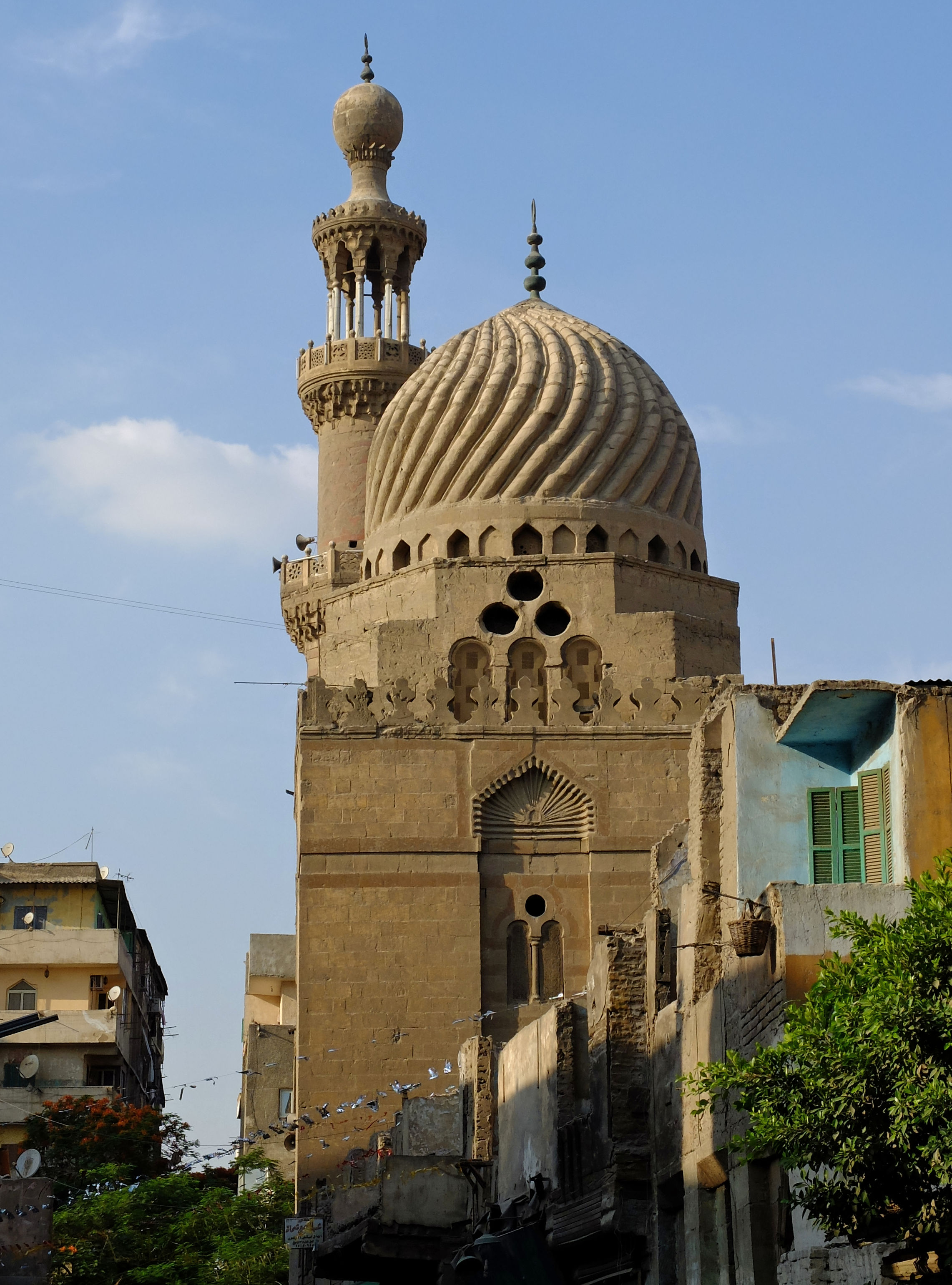Madrasa Of Uljay Al-Yusufi on:
[Wikipedia]
[Google]
[Amazon]
 The Madrasa of Uljay al-Yusufi ( ar, مدرسة ألجاي, Madrasa Uljāy) was built in the area between
The Madrasa of Uljay al-Yusufi ( ar, مدرسة ألجاي, Madrasa Uljāy) was built in the area between
 The Madrasa of Uljay al-Yusufi ( ar, مدرسة ألجاي, Madrasa Uljāy) was built in the area between
The Madrasa of Uljay al-Yusufi ( ar, مدرسة ألجاي, Madrasa Uljāy) was built in the area between Bab Zuwayla
Bab Zuweila or Bab Zuwayla ( ar, باب زويلة) is one of three remaining gates in the city wall of the Old Cairo, Old City of Cairo, the capital of Egypt. It was also known as Bawabbat al-Mitwali during the Ottoman Egypt, Ottoman period. It i ...
and the Cairo Citadel
The Citadel of Cairo or Citadel of Saladin ( ar, قلعة صلاح الدين, Qalaʿat Salāḥ ad-Dīn) is a medieval Islamic-era fortification in Cairo, Egypt, built by Salah ad-Din (Saladin) and further developed by subsequent Egyptian ruler ...
during the reign of the Mamluk sultan Al-Ashraf Sha'ban
Al-Ashraf Zayn ad-Din Abu al-Ma'ali Sha'ban ibn Husayn ibn Muhammad ibn Qalawun, better known as al-Ashraf Sha'ban or Sha'ban II, was a Mamluk sultan of the Bahri dynasty in 1363–1377. He was a grandson of Sultan an-Nasir Muhammad (r. 1310–134 ...
.
Founder
The amirUljay al-Yusufi
Uljay al-Yusufi, also known as Iljay ( ar, الجاي اليوسفي, Uljāy al-Yūsufī; d. 8 Muharram 775 AH / 1 July 1373 CE), was a senior Mamluk amir in the late eighth century AH/fourteenth century CE. It was during the reign of Bahri S ...
was one of the junior mamluks of Al-Nasir Muhammad
Al-Malik an-Nasir Nasir ad-Din Muhammad ibn Qalawun ( ar, الملك الناصر ناصر الدين محمد بن قلاوون), commonly known as an-Nasir Muhammad ( ar, الناصر محمد), or by his kunya: Abu al-Ma'ali () or as Ibn Qal ...
who came to power during the late fourteenth century. He had been appointed to the highest rank (muqqadam alf) during the second reign of An-Nasir Hasan
An-Nasir Badr ad-Din Hasan ibn Muhammad ibn Qalawun (1334/35–17 March 1361), better known as an-Nasir Hasan, was the Mamluk sultan of Egypt, and the seventh son of an-Nasir Muhammad to hold office, reigning twice in 1347–1351 and 1354–1361. ...
, but it was his marriage to a member of the royal family that gave him influence and power. His rise was linked to his marriage to Al-Ashraf Sha'ban
Al-Ashraf Zayn ad-Din Abu al-Ma'ali Sha'ban ibn Husayn ibn Muhammad ibn Qalawun, better known as al-Ashraf Sha'ban or Sha'ban II, was a Mamluk sultan of the Bahri dynasty in 1363–1377. He was a grandson of Sultan an-Nasir Muhammad (r. 1310–134 ...
's mother, Khawand Baraka, whom he married sometime after her husband's death in 1363. He finally was appointed to the highest military office of commander of the army (atabak al-'asakir) in 1373, but only after the death of Manklibugha al-Shamsi. It was after this promotion he most likely founded his college (madrasa
Madrasa (, also , ; Arabic: مدرسة , pl. , ) is the Arabic word for any type of educational institution, secular or religious (of any religion), whether for elementary instruction or higher learning. The word is variously transliterated '' ...
) in Cairo
Cairo ( ; ar, القاهرة, al-Qāhirah, ) is the capital of Egypt and its largest city, home to 10 million people. It is also part of the largest urban agglomeration in Africa, the Arab world and the Middle East: The Greater Cairo metro ...
.
Historical Background
The college provided lessons in the Shafiʽi andHanafi
The Hanafi school ( ar, حَنَفِية, translit=Ḥanafiyah; also called Hanafite in English), Hanafism, or the Hanafi fiqh, is the oldest and one of the four traditional major Sunni schools ( maddhab) of Islamic Law (Fiqh). It is named aft ...
legal schools. It also included a library (khazanah kutub) and was home to famous scholars and teachers. According to al-Maqrizi, Uljay al-Yusufi founded his madrasa sometime in 1366-67 (768 AH). However the foundation inscription on his college reads:
However, it is most likely that Uljay al-Yusufi founded this institution after he became the most powerful amir when he had acquired the necessary influence and wealth to create it.
References
{{coord, 30, 02, 5.7, N, 31, 15, 25.7, E, type:landmark, display=title Mamluk architecture in Egypt 14th-century mosques Mosques in Cairo